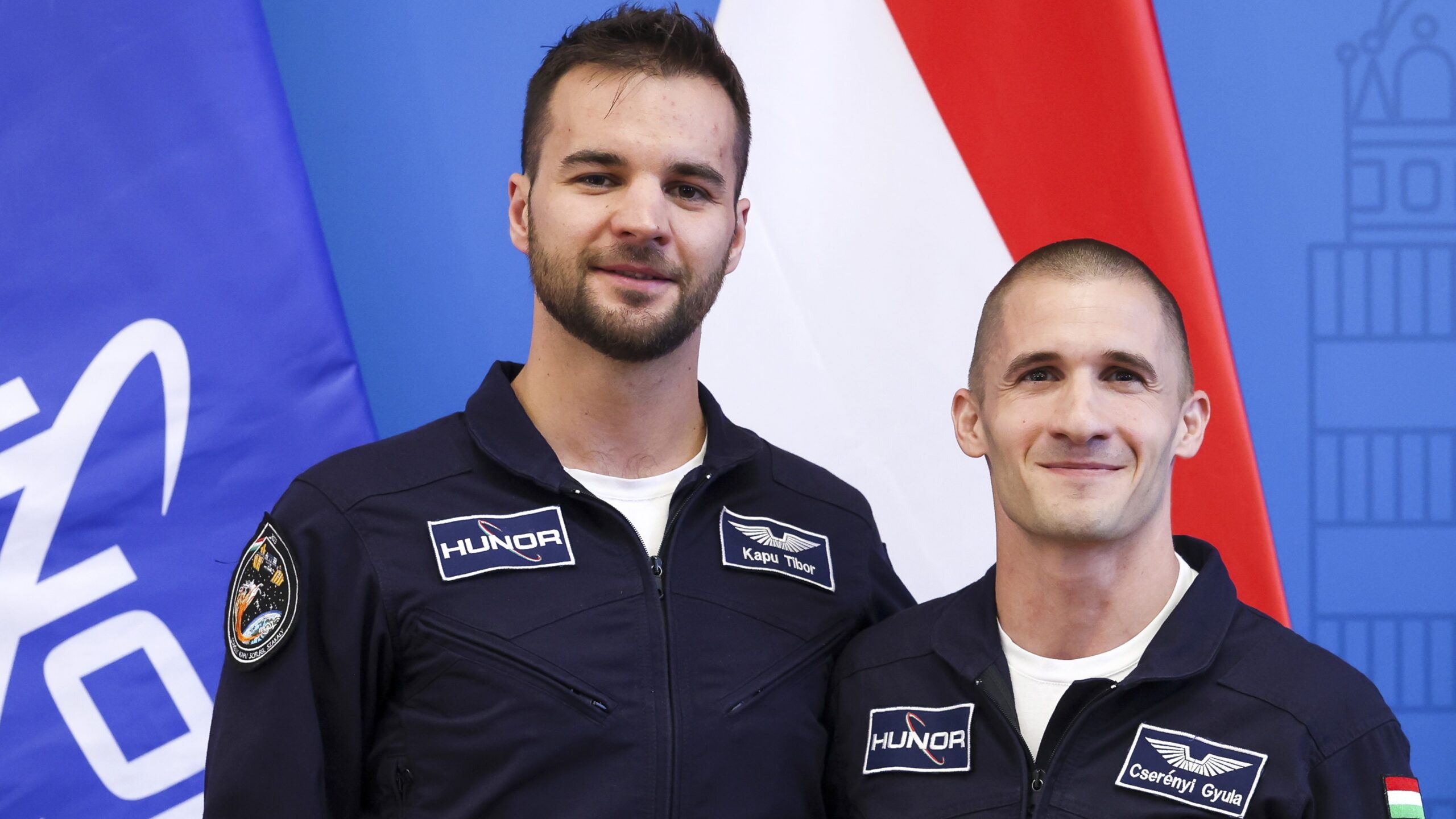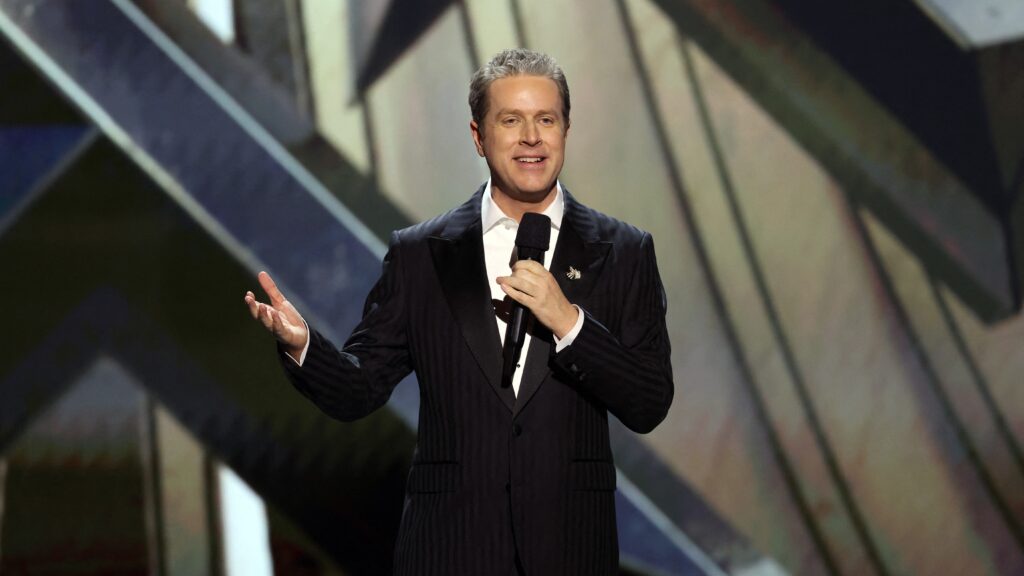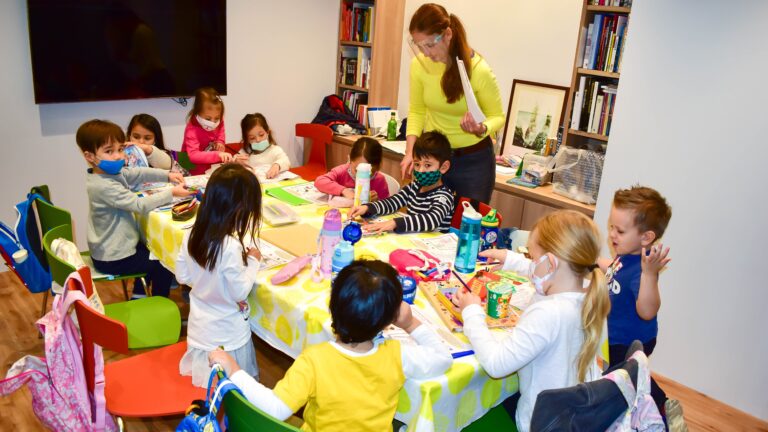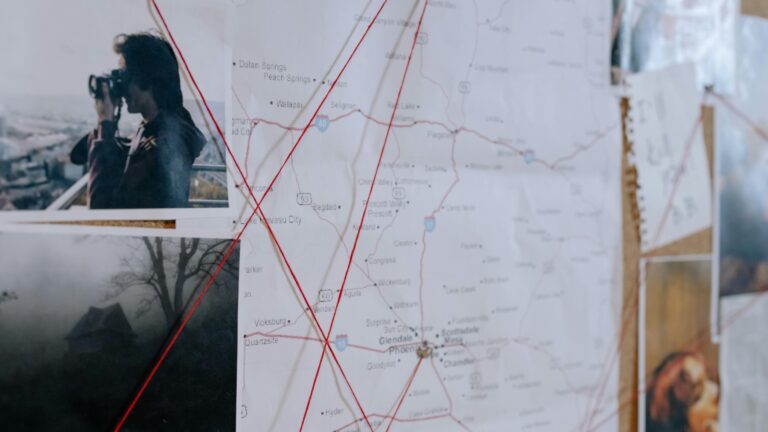This article was first published in Hungarian on the website of our sister publication Magyar Krónika.
Tibor Kapu and Gyula Cserényi, the Hungarian to Orbit (Hunor) astronaut programme participants, gave an interview to public Kossuth Radio from the NASA Johnson Space Centre in Houston. The astronaut candidates reported on their training in the United States.
Tibor Kapu and Gyula Cserényi are preparing at the NASA Johnson Space Centre for the Ax-4 mission, which is scheduled to launch in the spring of 2024 from Florida aboard the SpaceX Falcon-9 launch vehicle. During the mission Kapu (or should he be incapacitated, Cserényi) will travel to the International Space Station aboard the Dragon spacecraft, where he will spend 14 days. The two Hungarian candidates gave an interview from Houston, sharing the challenges they encounter during their training.
The candidates’ training began in August in Houston, where NASA, Axiom, and SpaceX are jointly preparing them for space travel. While NASA provides the foundations for adapting to life on the space station, SpaceX is responsible for the technical training related to the launch, and Axiom takes care of other mission details. According to Gyula Cserényi, the pre-training in Hungary provided a solid basis for the training in Houston.
Tibor Kapu remarked that even seemingly simple tasks, such as vacuuming, require serious preparation in space. To vacuum, they need to request permission from ground control, as crumbs or other tiny particles in a zero-gravity environment can pose a threat, clogging filters or even getting into their eyes. Although most foods do not create crumbs, any crumbs that do appear must be vacuumed up immediately. He added that on the space station basic conditions that are taken for granted on Earth must be artificially created, such as ensuring proper air circulation to dissipate body heat and channel exhaled air to the filtration system. Daily activities on the space station are much more complex than on Earth, as the absence of gravity introduces numerous new challenges.
‘On the space station basic conditions that are taken for granted on Earth must be artificially created’
Gyula Cserényi also discussed how NASA’s training prepares astronauts for everyday tasks like food preparation, washing, or even making their beds. For such seemingly minor tasks, they receive detailed instructions that can include up to 35 steps to ensure they perform them safely in zero gravity.
Regarding meals, Tibor Kapu revealed that astronauts can choose from a menu of 200 items, and that they have already had to try 70 different meals. He emphasized that the food consumed on the space station must be healthy and provide the necessary nutrients. The meals are unsalted, as salt can contribute to bone density loss.
The astronauts also discussed the capsule they will travel in. They shared that upon entering the life-sized model of the capsule, they wondered how they would remove their spacesuits in the confined space, as donning and doffing the suit is a lengthy process. Tibor Kapu added that there will be four of them in the capsule, and they will be in zero gravity when they need to take off their suits, meaning they will have to help each other. He explained that the time spent in the capsule can vary, and the duration from launch to docking can be long, with up to 48 hours potentially spent in the capsule. He pointed out that the riskiest parts of space travel are the launch, re-entry, and docking, and during a six-month mission, the most dangerous moments occur within the first eight minutes.
In addition to Tibor Kapu, the Ax-4 mission will include American commander Peggy Whitson, Indian pilot Shubhanshu Shukla, and Polish mission specialist Slawosz Uznanski. Tibor Kapu highly valued Whitson’s experience, as this will be her fifth spaceflight, and she has spent a total of 675 days in space so far.
Related articles:







